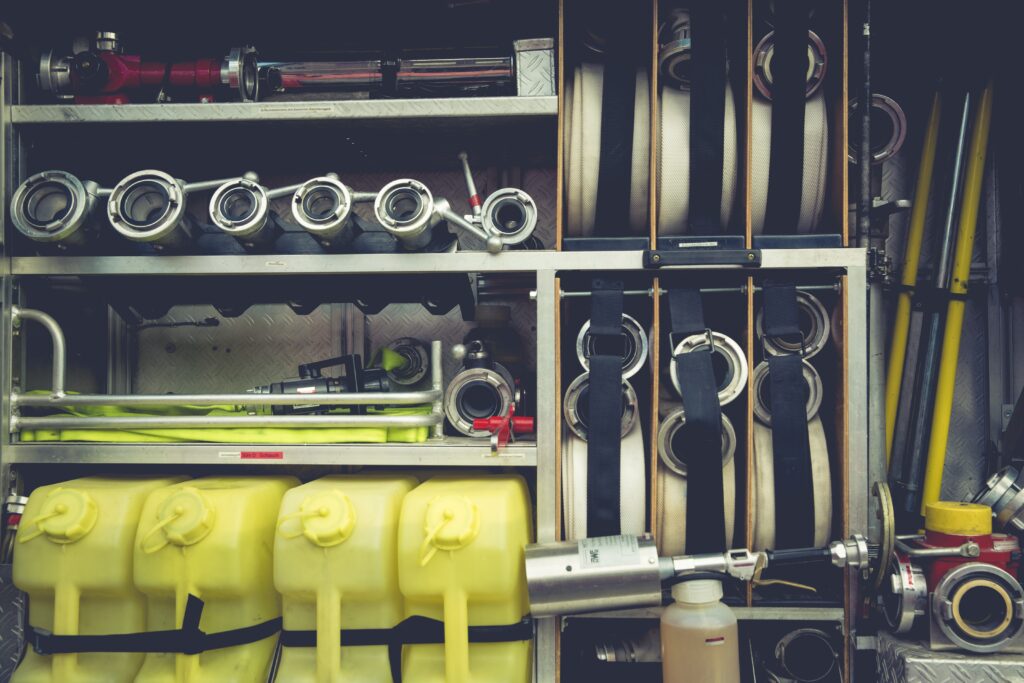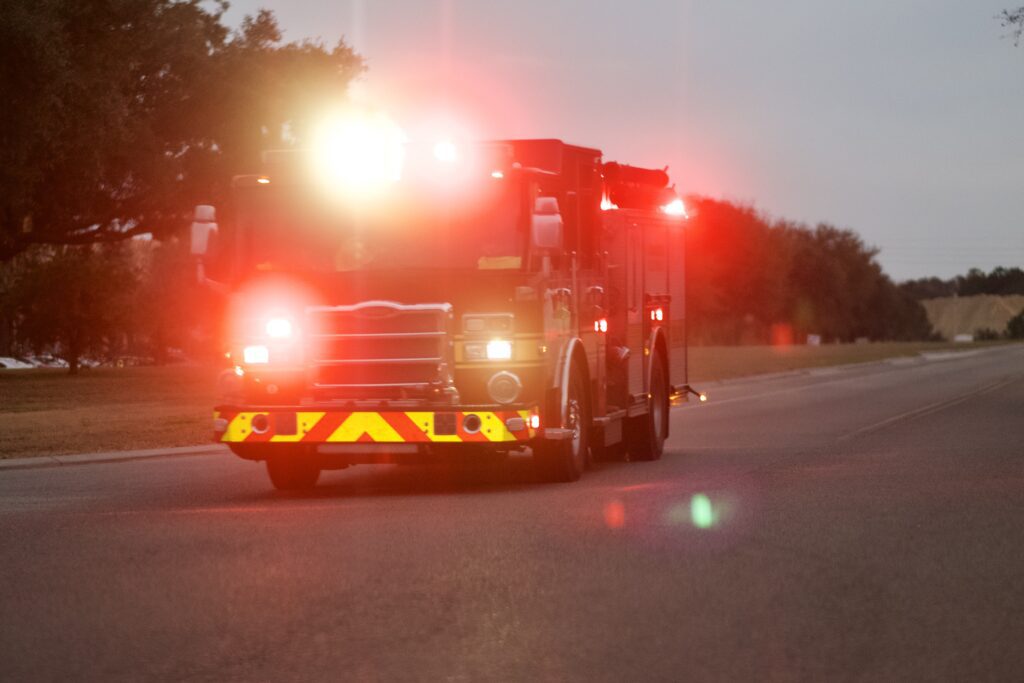Living in a tiny home can be a dream come true for many, but it’s important to prioritize safety when it comes to fire prevention and emergency preparedness. In this article, I will share essential tips on how to protect your tiny home from fires, ensuring that you can enjoy your cozy space without worrying about potential hazards. From smoke detectors to safe cooking practices, these simple yet effective measures will give you peace of mind and keep your tiny home safe from any fire-related mishaps.



This image is property of images.unsplash.com.
1. Understanding Fire Risks in Tiny Homes
As the owner of a tiny home, it is crucial to understand the specific fire risks that come with living in a compact space. While tiny homes offer many benefits such as affordability and sustainability, they also come with unique challenges when it comes to fire safety.
1.1 Common Fire Hazards in Tiny Homes
In tiny homes, the close proximity of various elements increases the risk of fire hazards. Some common fire hazards in tiny homes include:
- Cooking equipment: Due to limited space, tiny home kitchens often have smaller cooking appliances, which can easily lead to accidental fires if not used cautiously.
- Heating devices: Many tiny homes rely on space heaters or wood-burning stoves for warmth. However, if these are not used properly or maintained adequately, they can pose a significant fire risk.
- Electrical systems: Tiny homes have limited electrical capacity, which can lead to overloaded circuits if not managed carefully. This can result in electrical fires.
- Flammable materials: Storage of flammable liquids, such as propane tanks or gasoline, in small spaces without proper ventilation can greatly increase the risk of fire.
- Insulation: If the insulation used in the construction of a tiny home is not fire-resistant, it can ignite easily and spread the fire rapidly.
1.2 The Importance of Fire Safety in Tiny Homes
Fire safety should be a top priority when designing and living in a tiny home. The compact nature of these homes means that the potential for fires to spread quickly is higher than in traditional houses. By understanding the specific fire risks and taking proactive measures, we can minimize the chances of a fire occurring and mitigate its potential damage.
2. Designing a Fire-Safe Tiny Home
When designing a tiny home, it is crucial to prioritize fire safety to ensure the well-being of its occupants. By considering certain factors during the construction process, we can significantly reduce the risk of fires.
2.1 Appropriate Materials for Construction
Choosing fire-resistant materials is a key step in building a fire-safe tiny home. Materials such as metal, concrete, and brick are inherently fire-resistant and can help prevent the rapid spread of flames. Avoiding highly flammable materials like untreated wood or synthetic fabrics can greatly decrease the risk of fire hazards.
2.2 Proper Ventilation and Air Circulation
Good ventilation is essential in a tiny home to ensure proper airflow and reduce the risk of fire. Properly installed windows, vents, and skylights can help remove smoke and heat in case of a fire, allowing occupants to escape and firefighters to enter the structure safely. Additionally, ventilation systems can prevent the accumulation of moisture and mold, improving overall air quality within the tiny home.
2.3 Electrical System Safety
When it comes to the electrical system in a tiny home, safety should be the primary concern. Hiring a professional electrician to install the electrical system is highly recommended to ensure it meets all safety standards. Using high-quality electrical components, such as breakers and wiring, can help prevent electrical fires. Additionally, avoiding the use of extension cords and using power strips with surge protectors can reduce the risk of electrical hazards.
2.4 Fire-Resistant Insulation
Choosing fire-resistant insulation for the walls and ceiling of a tiny home is crucial to minimize the risk of fire spread. Insulation materials such as mineral wool, fiberglass, or spray foam with fire-resistant properties can provide effective protection against fire and limit its ability to spread. It is important to consult with professionals who are knowledgeable about fire-resistant insulation options and can guide you towards the most suitable choice for your tiny home.
2.5 Fire Extinguisher Placement
Installing fire extinguishers in strategic locations within your tiny home is essential for quick response in case of a fire emergency. Place fire extinguishers in easily accessible areas, such as the kitchen, living area, and sleeping area. Make sure everyone in the home knows where the fire extinguishers are located and how to use them properly. Regularly check the pressure and condition of the extinguishers to ensure they are in working order.



This image is property of images.unsplash.com.
3. Creating an Evacuation Plan
Having a well-thought-out evacuation plan is vital for the safety of everyone residing in a tiny home. In the event of a fire, every second counts, and a well-practiced plan can mean the difference between life and death.
3.1 Assessing Escape Routes
Carefully assess the layout of your tiny home and identify all possible escape routes. Make sure to have multiple exits that are easily accessible and free from obstructions. Windows, doors, and emergency exits should be checked regularly to ensure they can be opened easily in case of an emergency.
3.2 Establishing Meeting Points
Designate a safe meeting point outside your tiny home where everyone can gather after evacuating. This will help account for all occupants and ensure that everyone has safely exited the building. Choose a location that is a safe distance away from the tiny home to avoid potential dangers.
3.3 Practicing Emergency Drills
Regularly practicing emergency drills is essential to ensure that everyone in the tiny home is prepared and confident in executing the evacuation plan. Conduct drills at different times of the day and simulate various emergency scenarios to be fully prepared for any situation. Practice crawling low to the ground, as smoke rises during a fire, and teach everyone how to feel the door for heat before opening it.
3.4 Preventing Trapped Exits
Take measures to prevent exits from becoming trapped or blocked during an emergency. Be mindful of the placement of furniture or any other objects that could impede your ability to escape quickly. Ensure that doors and windows are maintained properly and easy to open from the inside.
4. Installing Smoke Alarms and Carbon Monoxide Detectors
Smoke alarms and carbon monoxide detectors are crucial safety devices for any home, including tiny homes. These devices can provide early warning in the event of a fire or carbon monoxide leak, allowing occupants to evacuate and alerting emergency services promptly.
4.1 Proper Placement of Smoke Alarms
Install smoke alarms on every level of your tiny home, including inside each bedroom and outside sleeping areas. Mount them high on the walls or on the ceiling, as smoke rises, ensuring that they are at least 10 feet away from any cooking appliances to prevent false alarms.
4.2 Types of Smoke Alarms for Tiny Homes
There are three main types of smoke alarms suitable for tiny homes: ionization smoke alarms, photoelectric smoke alarms, and dual-sensor smoke alarms. Ionization smoke alarms are highly effective at detecting fast-flaming fires, while photoelectric smoke alarms are better at detecting slow, smoldering fires. Dual-sensor smoke alarms combine both technologies for comprehensive fire detection. Consider the unique risks of your tiny home and choose the most appropriate type of smoke alarm or a combination of them.
4.3 Importance of Carbon Monoxide Detectors
Carbon monoxide (CO) is an odorless, colorless gas that can be deadly if inhaled in high concentrations. Install carbon monoxide detectors in your tiny home to monitor the air for this poisonous gas. Place detectors in areas near bedrooms or where fuel-burning appliances are located. Regularly test and replace the batteries in these detectors to ensure they are continuously functioning.
4.4 Testing and Maintaining Alarms
Regularly test your smoke alarms and carbon monoxide detectors to ensure they are in proper working condition. Test them at least once a month by pressing the test button. Replace the batteries at least once a year or as needed. Clean the detectors from dust or debris that may impair their functionality. Remember, these devices only work if they are properly maintained.



This image is property of images.unsplash.com.
5. Kitchen Fire Safety in Tiny Homes
The kitchen is often considered the heart of a home, but it can also be a common place for fires to ignite. Practicing safe cooking habits and implementing proper fire safety measures in your tiny home kitchen is essential.
5.1 Safe Cooking Practices
Always remain vigilant when using cooking equipment in your tiny home. Never leave the stove unattended while cooking, and ensure that any flammable materials, such as kitchen towels or curtains, are kept away from heat sources. Use caution with hot oil and frying pans, as they can easily catch fire. Keep a lid nearby to smother a small grease fire, and never attempt to extinguish a larger fire with water.
5.2 Installing Fire-Suppression Systems
Consider installing a fire-suppression system or a fire blanket in your tiny home kitchen. These systems are specifically designed to quickly suppress or extinguish fires in the early stages, preventing them from spreading. Consult with professionals to determine the most suitable fire-suppression system for your tiny home.
5.3 Proper Storage of Flammable Materials
It is crucial to store flammable materials appropriately in your tiny home kitchen. Keep flammable liquids, such as cooking oil, away from heat sources and in tightly sealed containers. Empty trash and dispose of it regularly to avoid the buildup of flammable materials. Clean the cooking area thoroughly after each use to remove any grease or debris that could potentially ignite.
6. Heating and Electrical Safety
Proper heating and electrical safety measures are essential to prevent fires in a tiny home. Being mindful of the potential risks and taking necessary precautions can greatly minimize the chance of fire accidents.
6.1 Safe Use of Space Heaters
If you rely on space heaters for heating your tiny home, it is crucial to use them safely. Keep the space heater at least three feet away from any combustible materials such as curtains or furniture. Never leave the heater unattended or operating while you are asleep. Always turn off the space heater before leaving the tiny home or going to bed.
6.2 Proper Installation and Maintenance of Wood-burning Stoves
If you have a wood-burning stove in your tiny home, make sure it is properly installed and maintained. Follow the manufacturer’s guidelines for safe installation and clearance from combustible materials. Regularly clean and inspect the stove and chimney to remove any creosote buildup, which can lead to chimney fires.
6.3 Electrical Outlet Overload Prevention
Avoid overloading electrical outlets in your tiny home. Use power strips or surge protectors to distribute power to multiple devices, but avoid connecting too many high-energy-consuming appliances to a single outlet. Unplug appliances when not in use to reduce the risk of electrical fires caused by faulty wiring or power surges.
6.4 Regular Inspection of Electrical Wiring
Regularly inspect the electrical wiring in your tiny home to identify any signs of wear, frayed wires, or loose connections. Hire a licensed electrician to perform a thorough inspection and make any necessary repairs or upgrades. Faulty or outdated electrical wiring can pose a significant fire hazard, so it is essential to address any issues promptly.
7. Outdoor Fire Safety
While outdoor fire pits or grills can add ambiance to your tiny home living experience, it is important to practice outdoor fire safety to prevent accidents and minimize the risk of wildfires.
7.1 Clearing Surrounding Vegetation
If you have an outdoor fire pit or grill, ensure that the area is clear of dry vegetation, branches, or other flammable materials. Maintain a safe distance between the fire pit and any trees, shrubs, or structures to prevent the fire from spreading. Use designated fire pits or fire rings when available, as they provide a controlled environment for outdoor fires.
7.2 Safe Outdoor Cooking and Grilling
When using outdoor cooking appliances such as grills or portable stoves, always follow the manufacturer’s guidelines and safety instructions. Keep a safe distance from flammable materials and never leave outdoor cooking equipment unattended. Have a fire extinguisher or a bucket of water nearby to quickly extinguish any sparks or small fires.
7.3 Proper Disposal of Ashes and Debris
If you have used a fire pit or wood-burning stove outdoors, it is crucial to dispose of ashes and debris properly. Allow ashes to cool completely before placing them in a metal container or a designated ash bin. Never dispose of ashes in plastic bags or near any flammable materials. Store the ash container away from your tiny home and any combustible materials until you can safely dispose of them.
8. Maintenance and Upkeep for Fire Safety
Regular maintenance and upkeep of your tiny home are essential to ensure continued fire safety. By implementing a routine for cleaning, inspecting, and monitoring fire hazards, you can reduce the risk of fires and increase the overall safety of your living space.
8.1 Regular Cleaning and De-Cluttering
Maintain a clean and clutter-free environment in your tiny home. Regularly clean surfaces, floors, and any areas where dust or debris can accumulate. Clutter can increase the risk of fires by obstructing escape routes or providing additional fuel for a fire to spread.
8.2 Inspecting and Maintaining Smoke Alarms
Regularly inspect your smoke alarms to ensure they are functioning correctly. Test them monthly and replace the batteries as needed. Clean the detectors to remove any dust or debris that could impair their effectiveness. Replace smoke alarms that are over ten years old or are not working properly.
8.3 Testing Fire Extinguishers
Test your fire extinguishers on a regular basis to ensure they are in proper working order. Check the pressure gauge to ensure it is within the appropriate range. If the gauge indicates low pressure or the extinguisher is damaged, replace it immediately. Familiarize yourself with the proper usage of fire extinguishers and educate everyone in your tiny home about their operation.
8.4 Monitoring Fire Hazards
Regularly monitor your tiny home for potential fire hazards. Address any issues immediately, such as frayed cords, malfunctioning appliances, or gas leaks. Be mindful of any odors, electrical fluctuations, or signs of smoke, and investigate their source promptly. By actively monitoring and addressing fire hazards, you can prevent potential disasters before they occur.
9. Fire-Safe Storage Solutions
Properly storing flammable materials and fire safety gear in your tiny home is essential to prevent accidents and control fires effectively, should they occur.
9.1 Storing Flammable Liquids
If you store flammable liquids in your tiny home, ensure they are stored in approved containers and kept in a well-ventilated area away from any heat sources. Avoid excess quantities of flammable materials and discard any containers that are damaged or leaking. Always read and follow the manufacturer’s instructions for proper storage of flammable liquids.
9.2 Safe Storage of Propane Tanks
Propane tanks are commonly used in tiny homes for cooking, heating, or powering appliances. When storing propane tanks, always keep them upright in a well-ventilated area outside your tiny home. Ensure the tanks are properly secured and are not exposed to direct sunlight or extreme temperatures. Regularly inspect the propane tanks for any signs of damage.
9.3 Organization and Accessibility of Fire Safety Gear
Keep your fire safety gear, such as fire extinguishers, fire blankets, or escape ladders, in easily accessible locations within your tiny home. Place them near potential fire risk areas, such as the kitchen or heating equipment. Ensure that everyone in your tiny home knows where the fire safety gear is located and how to use it effectively.
10. Fire Safety Education and Training
Staying informed about fire safety and actively participating in fire safety education and training can greatly reduce the risk of fires in your tiny home.
10.1 Staying Informed about Fire Safety
Regularly educate yourself about fire safety practices, guidelines, and regulations. Stay informed about the latest advancements in fire safety technology and practices by reading reliable sources and consulting professionals in the field. Stay current with fire safety best practices to ensure the ongoing safety of your tiny home.
10.2 Learning Basic Firefighting Techniques
Learning basic firefighting techniques can be invaluable in an emergency situation. Take classes or participate in workshops that teach fire safety and basic firefighting skills. Learn how to properly use a fire extinguisher, how to smother a fire with a fire blanket, and basic first aid techniques for burns or smoke inhalation. These skills can make a significant difference during a fire emergency.
10.3 Training Family Members and Guests
Educate your family members and guests about the specific fire safety measures in your tiny home. Inform them about the evacuation plan, location of fire safety gear, and safe practices to follow. Regularly review the evacuation plan and safety procedures with all occupants of the tiny home to ensure they are prepared and confident in executing the necessary steps during an emergency.
10.4 Participating in Fire Safety Workshops
Participating in fire safety workshops can provide valuable hands-on training and knowledge to enhance your fire safety preparedness. These workshops often include practical exercises, demonstrations, and discussions to help you understand fire behavior, emergency protocols, and proper use of fire safety equipment. Seek out local fire departments or community organizations that offer these workshops and take advantage of the resources available.
In conclusion, fire safety in a tiny home requires proactive measures and a comprehensive approach. By understanding the fire risks associated with tiny homes and implementing appropriate safety measures, we can create a fire-safe living space and protect ourselves and our loved ones from the devastating effects of fires. Remember, fire safety is a shared responsibility that requires ongoing education, preparation, and vigilance. Stay informed, be prepared, and prioritize fire safety in your tiny home.
